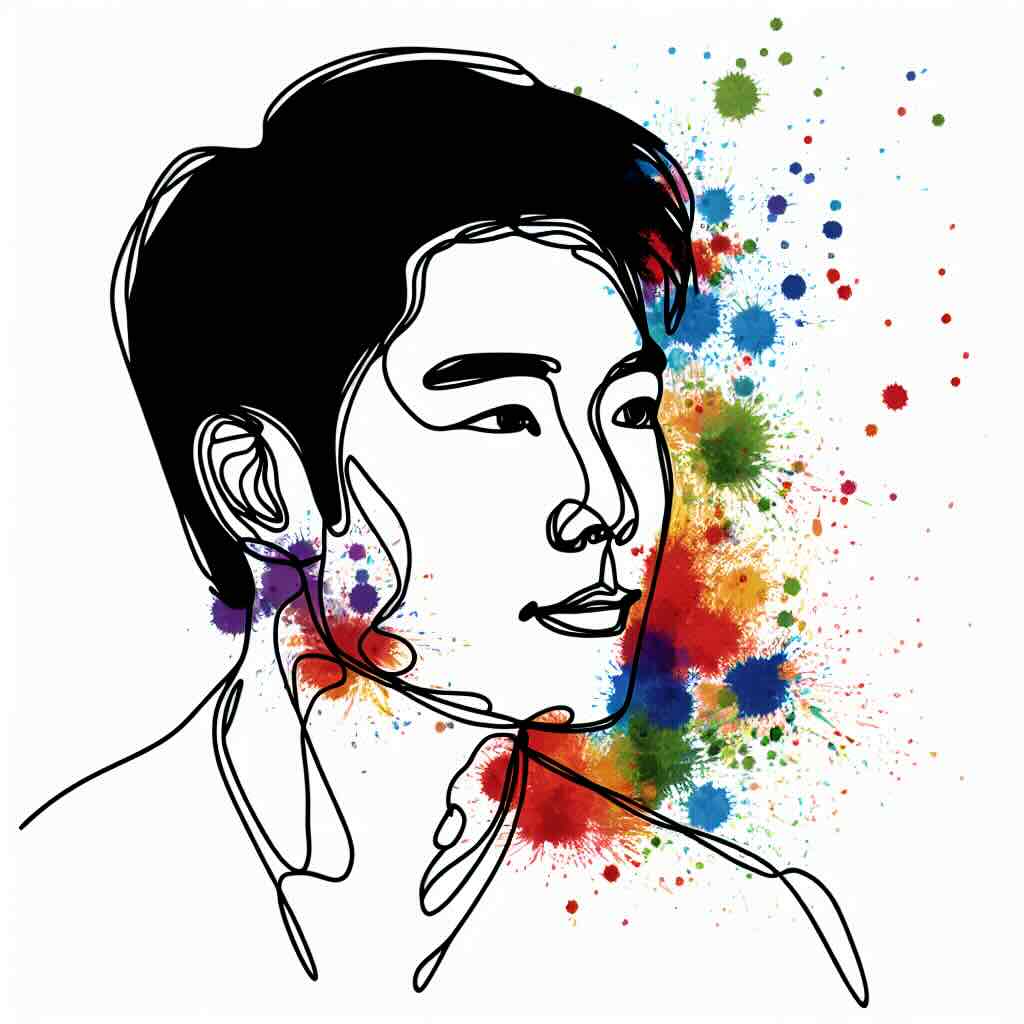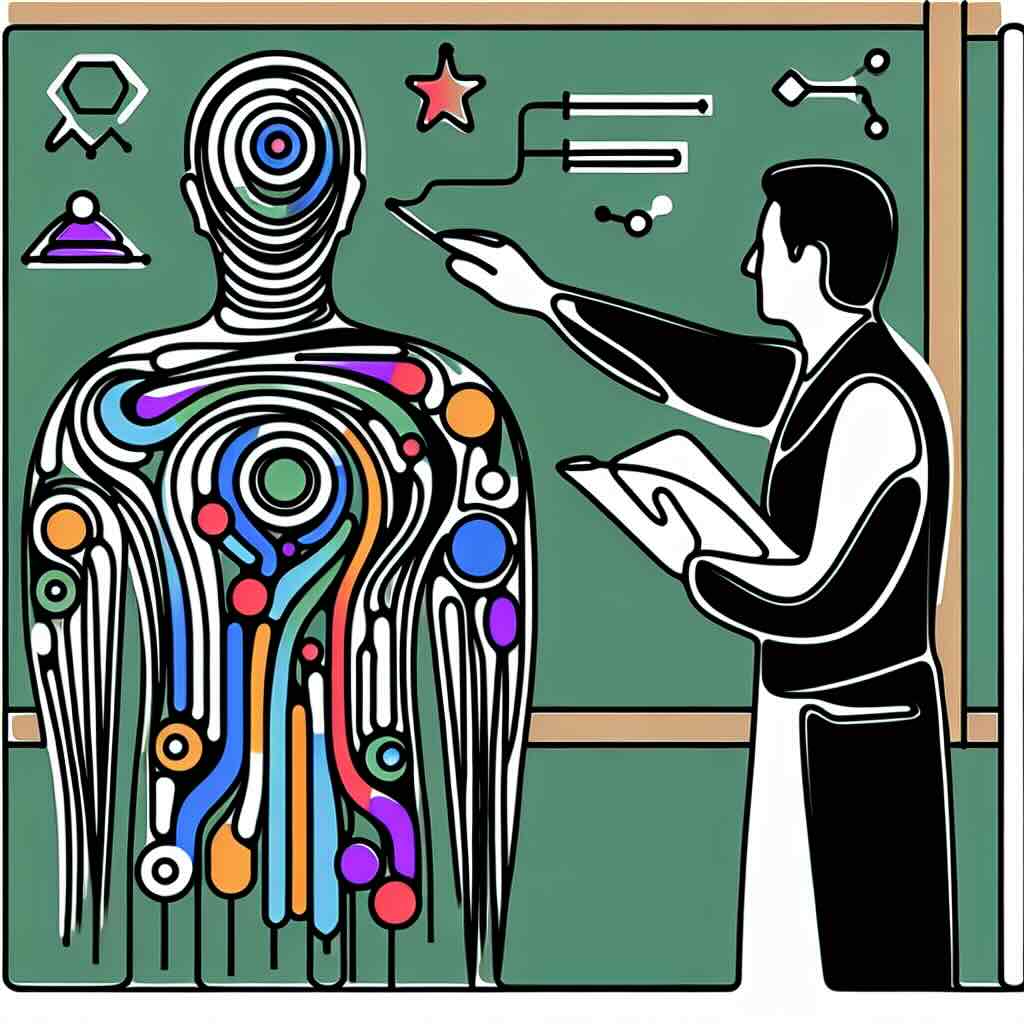Learners across the world can feel in close proximity to each other when you use inclusive designs practices
Creating effective global learning experiences requires a deep understanding and integration of cultural considerations. Cultural sensitivity in learning design helps improve engagement, boosts comprehension, and builds inclusivity. This blog post explores essential elements and offers actionable advice for instructional designers building online learning experiences for a global audience.
Contents
1. Understanding Cultural Dimensions
2. Language and Communication Nuances
3. Inclusive Content Creation
4. Adaptivity and Flexibility in Learning Design
5. Analysis and Continuous Improvement
6. Benefits
7. Risks
8. One Thing You Can Try Today
9. Conclusion
10. Try it Yourself
11. Related Topics
1. Understanding Cultural Dimensions
When designing for a global audience, understanding cultural dimensions is paramount. Educational theorist Geert Hofstede’s cultural dimensions theory is a valuable tool. It explores aspects such as power distance, individualism vs. collectivism, and uncertainty avoidance. High power distance cultures might favour hierarchical learning environments, while low power distance cultures could prefer collaborative settings. Recognising these facets enables designers to tailor their methodologies, making learning materials more relatable and effective. Before embarking on course design, research and analyse these cultural dimensions to pinpoint specific needs and preferences of your target audiences.
2. Language and Communication Nuances
Language goes beyond mere translation; it's about ensuring clear communication. Idioms, slang, and colloquialisms that make sense in one culture might confuse learners from another. Employing plain language and culturally neutral examples enhances comprehension. Additionally, consider localisation strategies. It’s not just about translating text but adapting content to fit the cultural context of the learner. Multimedia elements should align with cultural norms—consider the symbolism in images, colours, and even sounds. Partnering with native speakers can ensure accuracy and appropriateness in your learning design and content.
3. Inclusive Content Creation
Inclusivity is at the heart of effective global learning design. Develops content that reflects and respects the diversity of your audience. Represent various ethnicities, genders, and abilities in your learning materials. Steer clear of cultural stereotypes and bias to foster an inclusive atmosphere. Furthermore, leverage universal instructional strategies such as storytelling, which transcends cultural barriers, to engage learners. Incorporate adaptive learning technologies to cater to diverse access needs, enhancing fairness and inclusivity. Use culturally diverse examples to illustrate key points, ensuring they resonate well with an international learner base.
4. Adaptivity and Flexibility in Learning Design
Global learning designs must be adaptive and flexible to be effective. Cultural norms vary widely in terms of how learners interact with content; some might prefer self-paced modules, while others may thrive in synchronous settings. Flexibility in course structures allows learners to access materials in a manner congruent with their cultural practices. Utilise technologies that facilitate different learning modes and offer optional modules that cater to specific interests and requirements. Collect feedback regularly via surveys or focus groups to ensure the design continues to meet the evolving cultural needs of your learners.
5. Analysis and Continuous Improvement
Evaluating the effectiveness of culturally aware learning designs is an ongoing process. Metrics such as learner engagement, completion rates, and feedback scores can provide insights into areas needing adjustment. Use these data points to drive continuous improvement. Conducting regular focus groups and surveys can unveil perceived inadequacies, offering direction for refinement. Stay updated with global trends and cultural shifts to keep your learning materials relevant. Investing in professional development focusing on multicultural education can provide fresh perspectives and innovative approaches to enhance your instructional design.
6. Benefits
1. Enhanced learner engagement and retention.
2. Higher completion rates due to culturally resonant content.
3. Inclusive environments promoting equity and respect.
4. Improved global reach and impact.
5. Ability to communicate effectively across cultural boundaries.
7. Risks
1. Misunderstanding cultural nuances leading to ineffective learning experiences.
2. Potential for cultural stereotypes, causing offence or disengagement.
3. Increased complexity in designing universally acceptable content.
4. Costs associated with localisation and cultural consultancy.
5. Potential legal and ethical issues when failing to comply with cultural norms.
8. One Thing You Can Try Today
Conduct a cultural audit of your current learning materials. Choose one module or lesson, and scrutinise it for cultural biases, stereotypes, or assumptions. Adjust the content to be more inclusive—it might involve choosing more culturally diverse examples or simplifying language to avoid cultural idioms.
9. Conclusion
Cultural considerations are essential in designing effective global learning experiences. By understanding cultural dimensions, language nuances, including inclusive content, and remaining flexible and adaptive, instructional designers can create impactful, inclusive learning environments. Incorporate continuous feedback and evaluation for ongoing refinement and improvement.
10. Try it Yourself
1. Identify the cultural dimensions of your target learner group.
2. Partner with cultural consultants to review and adapt your content.
3. Implement a feedback mechanism to continuously improve cultural relevance.
11. Related Topics
1. Localisation in E-learning
2. Multicultural Education Strategies
3. Inclusive Design Principles
4. Engaging Global Audiences
5. Adaptive Learning Technologies







